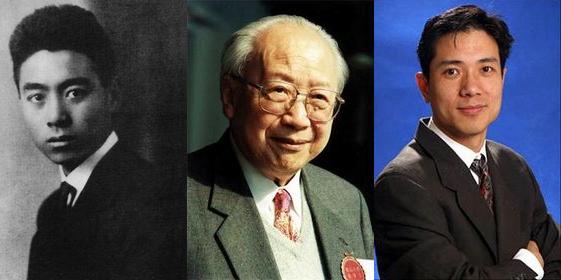Top 10 overseas study waves in Chinese history
- By Zhang Junmian
 0 Comment(s)
0 Comment(s) Print
Print E-mail China.org.cn, December 24, 2011
E-mail China.org.cn, December 24, 2011
Eighth Wave (1938-1948) 第八次留学热
Key Words: 1945, industrialization
Major Destination: United States
During the Anti-Japanese War period (1937-1945), China's study abroad education nearly came to a halt. From 1938 to 1941, only 300 students went abroad. When the war was approaching its end, the government, in 1943, drew up a new study abroad grogram which planned to send 1,000 students to the U.S. and the U.K. every year for five years.
The Chinese people, awakened by China's lack of modern weapons technology, were keen on boosting the country's industrialization. The aspiration gave rise to a new wave of overseas study in 1945. It is estimated that between 1945 to 1949, more than 5,000 Chinese students and scholars traveled to the U.S. The most prominent students included the 1957 Nobel Physics Prize winners Chen Ning Yang and Tsung-Dao Lee, physicist and applied mathematician Chien Wei-zang, and nuclear physicists Qian Sanqiang, Zhu Guangya and Teng Chia-hsien.
After full-scale civil war broke out in 1946, the KMT cut its study-abroad examinations. Shortly before winning the War of Liberation, the CPC dispatched a group of students to study in the Soviet Union, with the aim of preparing talented personnel for the construction of the new Chinese state.








Go to Forum >>0 Comment(s)